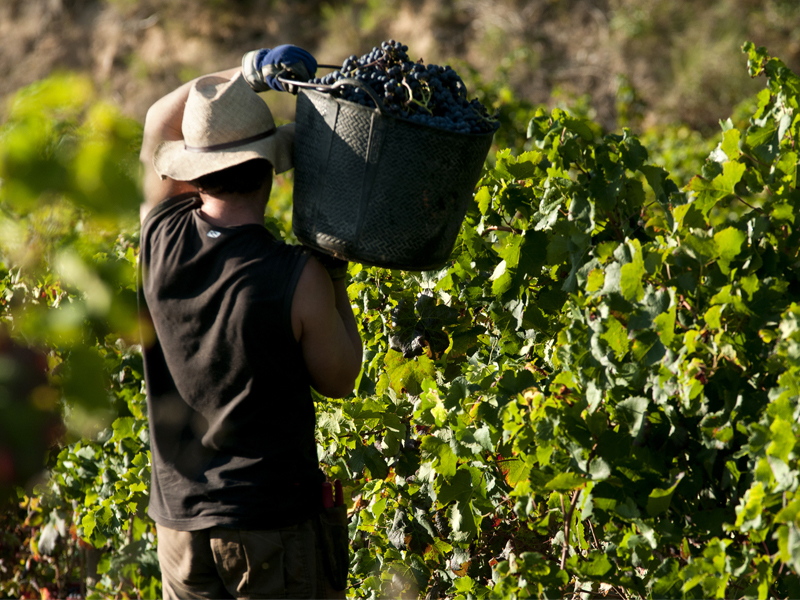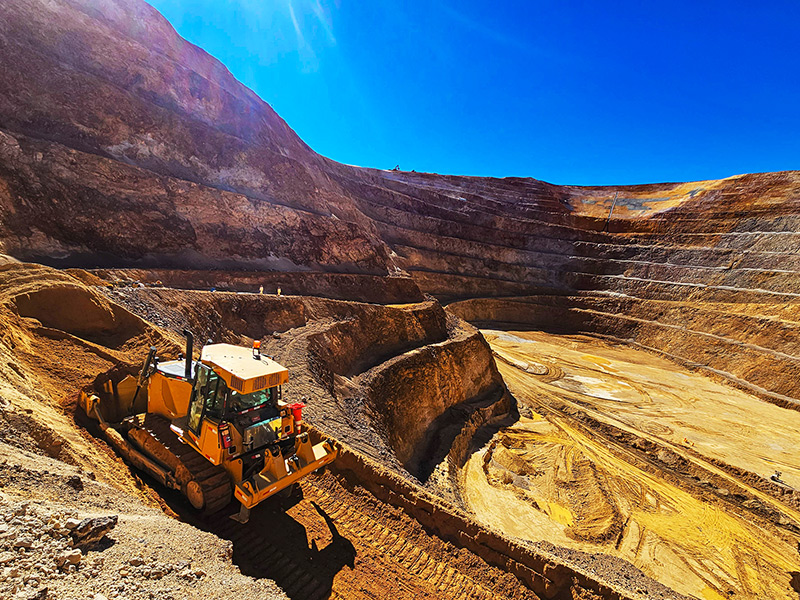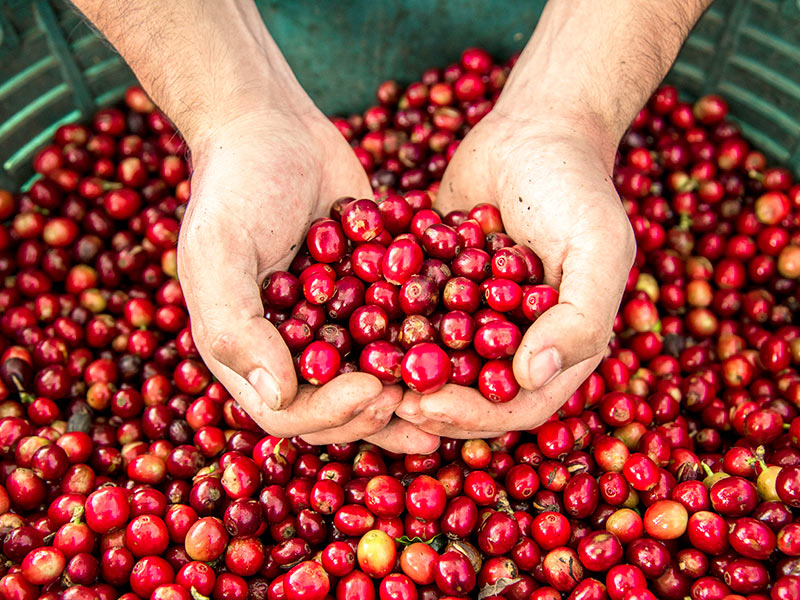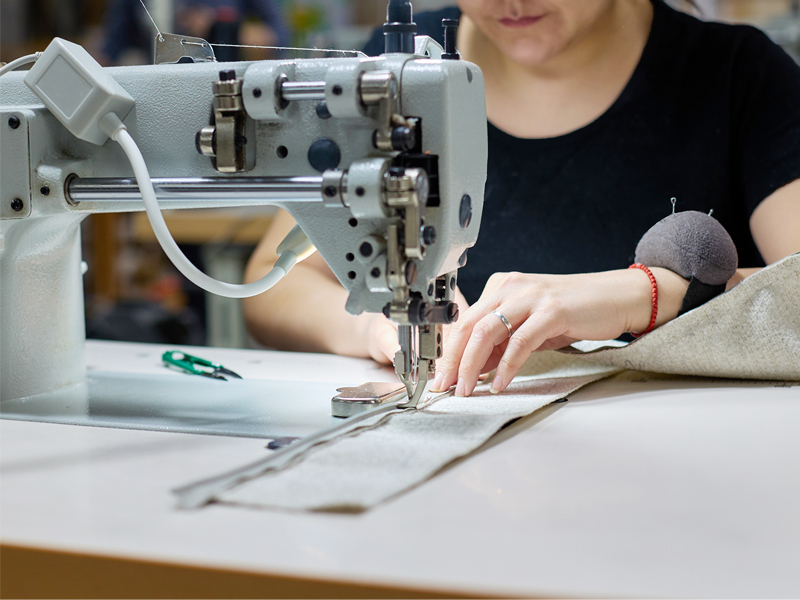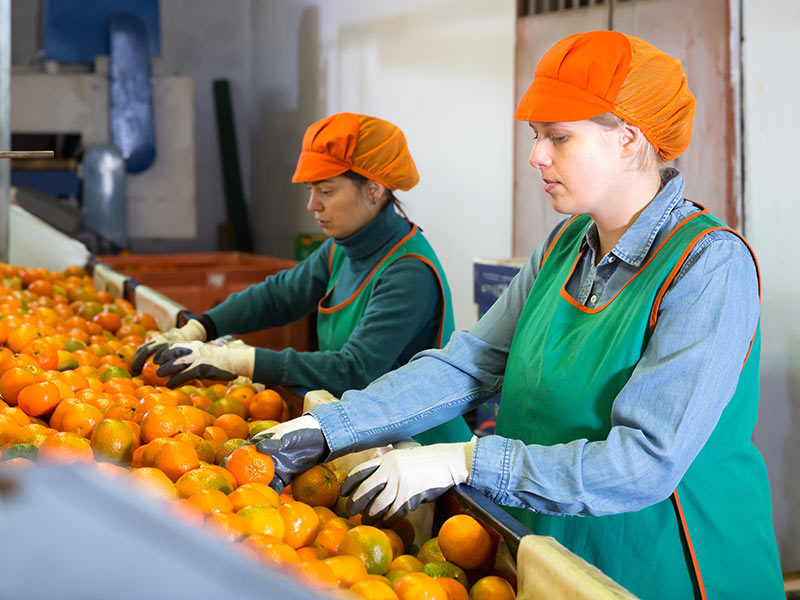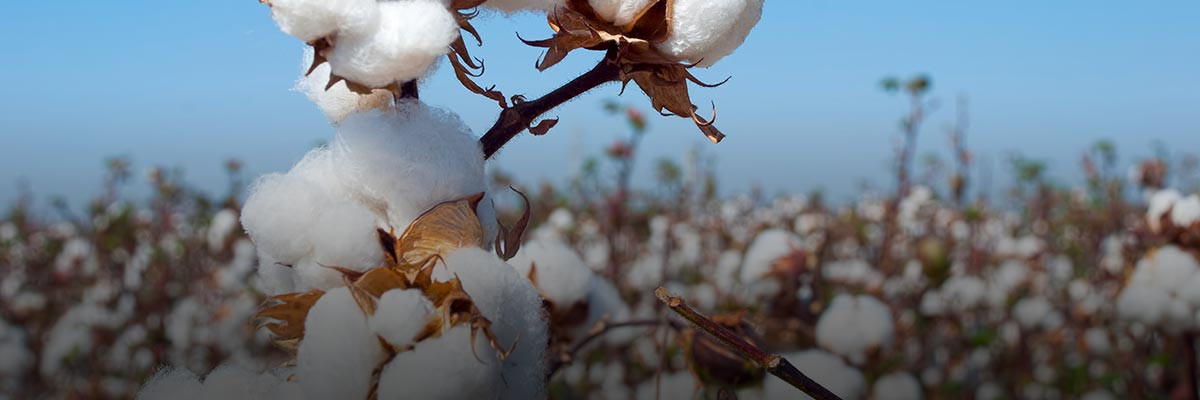
Authors
-
Michael Rohwer
Former Director, Technology Sectors, BSR
For global companies, different commodities present a risk for serious human rights abuses, such as the worst forms of child labor, conflict, and forced labor, as well as other social issues and environmental degradation.
These risks have led the Organization for Economic Cooperation and Development (OECD) to publish the OECD Due Diligence Guidance for Responsible Supply Chains of Minerals from Conflict-Affected and High-Risk Areas (OECD Due Diligence Guidance), which has been codified into law in the United States and European Union and is being debated in other jurisdictions. While some regulation focuses on the sourcing of minerals from specific locations, the EU law forces companies to look for risks in the raw materials wherever they are sourced globally.
Today, the number of raw materials facing scrutiny is also growing: A forthcoming handbook from the OECD will help companies apply the OECD Due Diligence Guidance to palm, conflict minerals, pulp and paper, diamonds and other gem stones, oil and gas, and other commodities. Cotton and seafood are also gaining attention.
This broader geographic and material scope means more companies across industry sectors will need to take action to reduce social and environmental risks in the procurement of raw materials. To make a real impact—and level the playing field so that there is sufficient capacity to protect human rights—collaboration will be critical.
But rather than starting by joining a collaborative initiative, companies should work from the inside out, identifying and assessing their biggest raw materials risks and then finding the right group to join to maximize impact and mitigate risks.
Step 1: Identify your company’s risk profile.
Collaboration may be necessary to create the conditions for improvement at the site of extraction or harvest, but the best place to start is by looking inward: What is your company’s raw material risk profile?
No company has the resources to comprehensively address every raw material in their products, nor do they have the expertise to effectively engage. Therefore, it is critical to create an internal strategy to focus scarce company resources. That requires an internal assessment process, like a materiality analysis, to identify the most important and impactful commodities and materials.
Step 2: Analyze the supply chain of your target raw materials.
The next step is to look at the supply chain of the raw materials you have identified: Where do the materials come from? What are the risks in that region? Answering these questions will allow you to identify the raw materials and regions that present the most immediate, most severe risks.
In an age of hyper-transparency, companies should assume that stakeholders will be able to map the supply chain and link commodity risks to your company. Proactively understanding where your company has raw material and commodity risks puts it in a position to more efficiently meet stakeholder expectations, minimize risk, and maximize impact.
Step 3: Create a collaboration strategy.
Once you clearly understand your company’s biggest risks, you can invest in the collaborations that will have the most impact. These partnerships might focus on the commodity, or they might focus on issues in that region. Different companies will have different types of severe risks depending on the commodities that are important to them. For example, one company may be sourcing a high-risk commodity from a low-risk region and should instead focus on a medium risk commodity from an area where human rights abuses are known to be more likely.
While many companies are responding in a reactive way to industry standards, legislation, or media and NGO reports, some have been proactive in identifying their risks and joining the most relevant groups that are advancing progress on specific issues. Microsoft, for instance, in reviewing its products, determined that tin not only presented risks not from a conflict minerals perspective, but also can present risks in its extraction in Indonesia. Therefore, they joined with a number of other companies and organizations to form the IDH Indonesian Tin Working Group, which focuses on driving the implementation of a roadmap for responsible tin mining in Indonesia.
The risks in raw materials and commodities can be complex for companies, which is why collaboration is important. But collaboration can’t happen until after companies take those first inward-focused steps to review their products and assess and identify their most relevant risks in sourcing raw materials and commodities.
Topics
Let’s talk about how BSR can help you to transform your business and achieve your sustainability goals.
